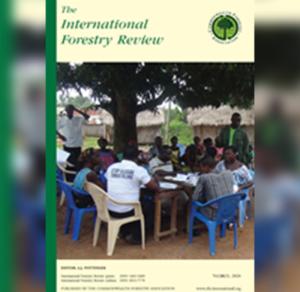
Religious forests are conserved by cultural and traditional beliefs.
Jindal Global Law School
Religious forests are conserved by cultural and traditional beliefs. Although India has the highest number of religious forests globally, the protection provided to these forests is insufficient, a situation that is also commonplace in Nepal. This paper examines a Nepali sacred grove which reflects the diversity of tree species and their role in conserving biodiversity that is common to religious forests. The sacred grove is one of the pioneers of the community-based management regimes indicative of this particular forest resource management system. The paper highlights how religious forests have been preserved in Nepal and indicates that in order to provide greater protection to religious forests, along with their tradition and spirituality, a creative solution of policies and law will be required.
Harsh Mahaseth
Assistant Professor and Assistant Dean (Academic Affairs), Jindal Global Law School, O. P. Jindal Global University, Sonipat
Hemali Dhande
Student, Jindal Global Law School, O. P. Jindal Global University, Sonipat, India
| Published Date | 01-09-2023 |
| Category | Achievements |